A comfortable, consistent shower experience is often one of life’s little luxuries. But if you’ve ever experienced sudden temperature changes due to someone flushing a toilet or turning on another tap, you know how disruptive it can be. Pressure balanced shower systems solve this problem, maintaining a steady water temperature despite fluctuations in water pressure. In this guide, we’ll cover everything you need to know about pressure balanced shower systems, including how they work, types available, installation tips, and popular brands to consider. By the end, you’ll be well-equipped to select the perfect system for your bathroom.
- Introduction
- What is a Pressure Balanced Shower System?
- How a Pressure-Balance Valve Works
- Installation Notes
- Types of Pressure Balanced Shower Systems
- Water Pressure and Flow Rate
- Temperature Control
- Durability and Warranty
- Design and Style
- Repairing Pressure-Balance Shower Valves
- Choosing the Right Shower Valve
- Popular Brands in the Arena
- Wellfor Pressure Balanced Shower Systems
- Installation Notes
What is a Pressure Balanced Shower System?
A pressure balanced shower system is designed to keep the temperature of your shower steady by adjusting the balance of hot and cold water flows in response to changes in water pressure. These systems are popular because they prevent the unpleasant and sometimes dangerous surges of hot or cold water caused by other household water uses. This technology is a go-to solution for maintaining both comfort and safety in modern bathrooms.
How a Pressure-Balance Valve Works
A pressure-balance valve is the heart of a pressure balanced shower system. It senses changes in water pressure and adjusts accordingly, maintaining a consistent temperature.
- Temperature Control: By balancing the mix of hot and cold water, the valve ensures a consistent temperature without sudden fluctuations.
- Volume Control: Many pressure balanced systems allow you to set the water volume independently, adjusting flow without changing temperature.
- Ease of Use: These systems are generally user-friendly, with single-handle operation that adjusts both temperature and volume.
- Price Considerations: While pressure balanced systems tend to be a bit pricier than standard valves, the comfort, safety, and control they provide are well worth the investment.
Installation Notes
Installing a pressure balanced shower system typically requires a professional plumber, especially if it’s a new installation or a retrofit from a non-pressure balanced valve. It involves working with your plumbing lines to ensure the balance of hot and cold water is achieved. Installation costs can vary based on the complexity of your setup, but many find the expense worthwhile for the added comfort and safety.
Types of Pressure Balanced Shower Systems

There are different types of pressure balanced systems available, each with unique benefits and features:
- Single-Handle Systems: With one control for both temperature and volume, these are the most common and user-friendly option.
- Thermostatic Systems: These also regulate temperature but with more precise control, often allowing you to set an exact temperature.
- Combo Systems: Combining pressure balance with thermostatic features, these are ideal for multi-head showers where precise temperature control is necessary.
Choosing the right type depends on your budget, shower layout, and specific needs for temperature and volume control.
Water Pressure and Flow Rate
An important consideration with pressure balanced shower systems is water pressure and flow rate. Low water pressure can affect the overall performance, as these systems require a minimum pressure to function correctly. In most cases, households with lower water pressure may need to install a booster pump or consider alternative solutions like thermostatic valves that operate independently of water pressure variations.
Temperature Control
The primary benefit of a pressure balanced shower system is its ability to provide steady temperature control. Unlike regular shower setups, these systems automatically adjust the balance of hot and cold water, preventing the risk of scalding. In households with young children or elderly individuals, this feature can provide peace of mind by reducing sudden and potentially harmful temperature changes.
Durability and Warranty
High-quality pressure balanced systems are designed to last, with durable materials like brass or stainless steel that resist corrosion and wear. Most reputable brands offer warranties ranging from 5 years to lifetime coverage on their valves, which can help offset the initial cost. Choosing a system with a good warranty and robust materials will ensure that your investment pays off over time.
Design and Style
Modern pressure balanced shower systems are available in various designs and finishes, from classic chrome to contemporary matte black, allowing you to choose a style that complements your bathroom decor. For a cohesive look, opt for systems that match your other fixtures. With options for traditional, minimalist, and luxury styles, you can find a pressure balanced system that meets both your functional and aesthetic preferences.
Repairing Pressure-Balance Shower Valves
While pressure balanced valves are generally low-maintenance, they can occasionally need repairs due to mineral build-up, wear, or leaks. In most cases, regular maintenance and flushing can keep them in good working order. However, if you notice temperature fluctuations, leaks, or reduced flow, it may be time to inspect or replace the valve cartridge. Most valve repairs are straightforward and can be done with a few tools, making this an accessible DIY task for most homeowners.
Choosing the Right Shower Valve
When choosing a pressure balanced shower valve, consider the following:
- Compatibility: Make sure the valve is compatible with your plumbing system.
- Flow Rate: Check the system’s flow rate to ensure it meets your preferences and local regulations.
- Design Preference: Select a design that matches your bathroom decor and meets your ergonomic needs.
- Warranty and Brand Reputation: Opt for brands with a proven track record and good warranties.
Popular Brands in the Arena
Some top brands have built a solid reputation for their high-quality pressure balanced shower systems. Here are a few to consider:
- Wellfor Pressure Balanced Shower Systems: Known for their durability, Wellfor offers systems with advanced temperature control and sleek designs.
- Delta Faucet: Delta’s pressure balanced systems are reliable and available in various finishes.
- Moen: Moen’s offerings include eco-friendly designs that save water while ensuring consistent temperatures.
- Kohler: Known for premium options, Kohler offers a range of pressure balanced systems with cutting-edge technology and contemporary designs.
Each brand brings unique features, so consider which aligns best with your priorities, whether it’s durability, ease of use, or design aesthetics.
Installation Notes
Proper installation is crucial for optimal performance. Here’s a quick summary of what to expect during the installation:
- Plumbing Preparation: Ensure your plumbing can accommodate a pressure balanced system.
- Mounting the Valve: The valve must be correctly positioned for proper function and ease of use.
- System Testing: A professional plumber will check for leaks and proper operation to ensure safety.
Hiring a licensed professional is often the best route, as improper installation can lead to performance issues or even costly repairs down the line.
Final Thoughts
A pressure balanced shower system is an excellent investment for any bathroom, providing steady temperature control, ease of use, and added safety. Whether you’re upgrading an existing shower or designing a new one, choosing a high-quality pressure balanced valve from a reputable brand will enhance your shower experience for years to come. When shopping, consider your household’s water pressure, your desired design style, and the level of control you want over temperature and volume.





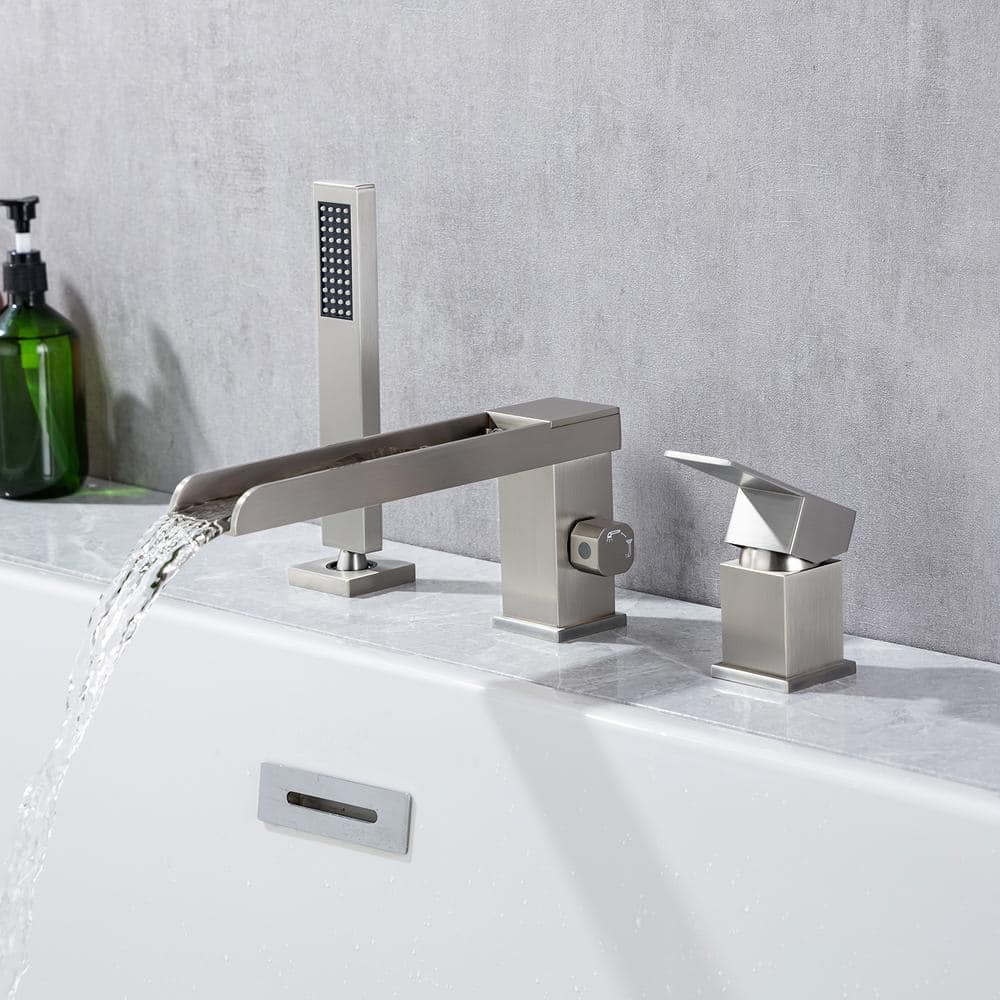
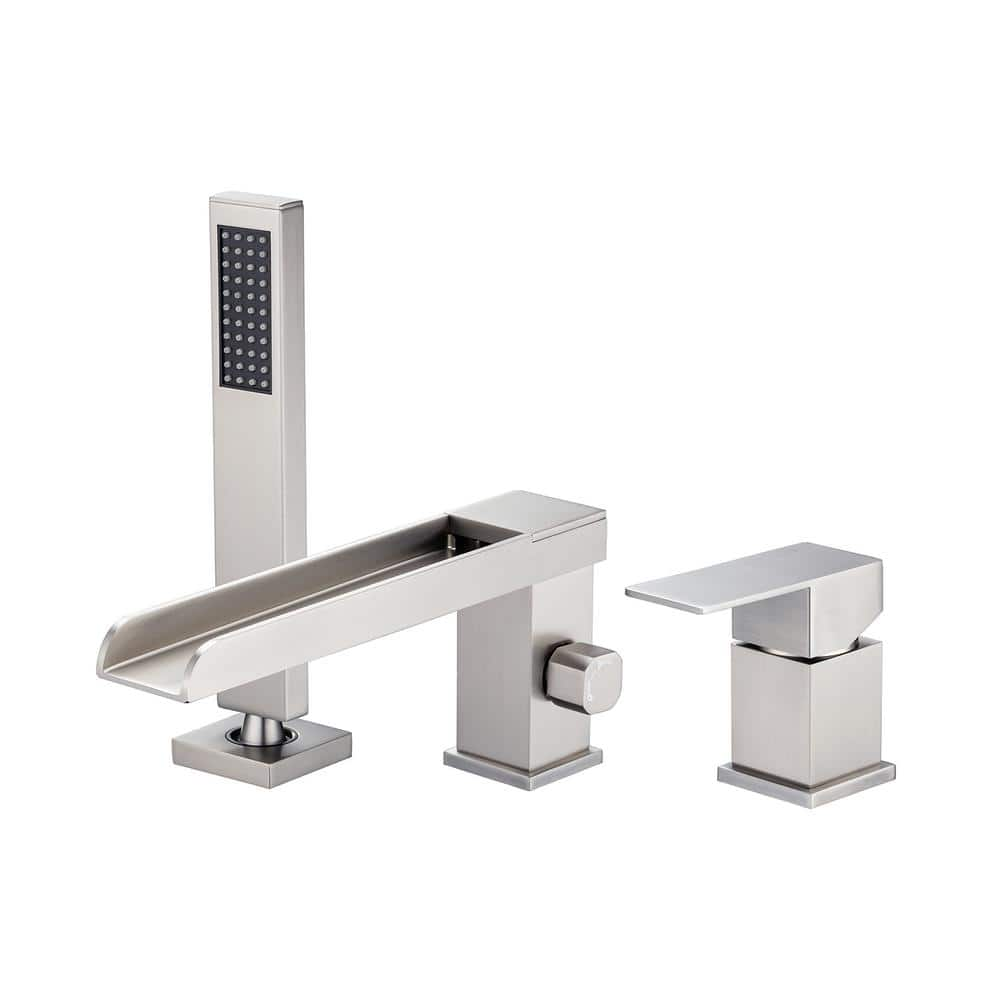
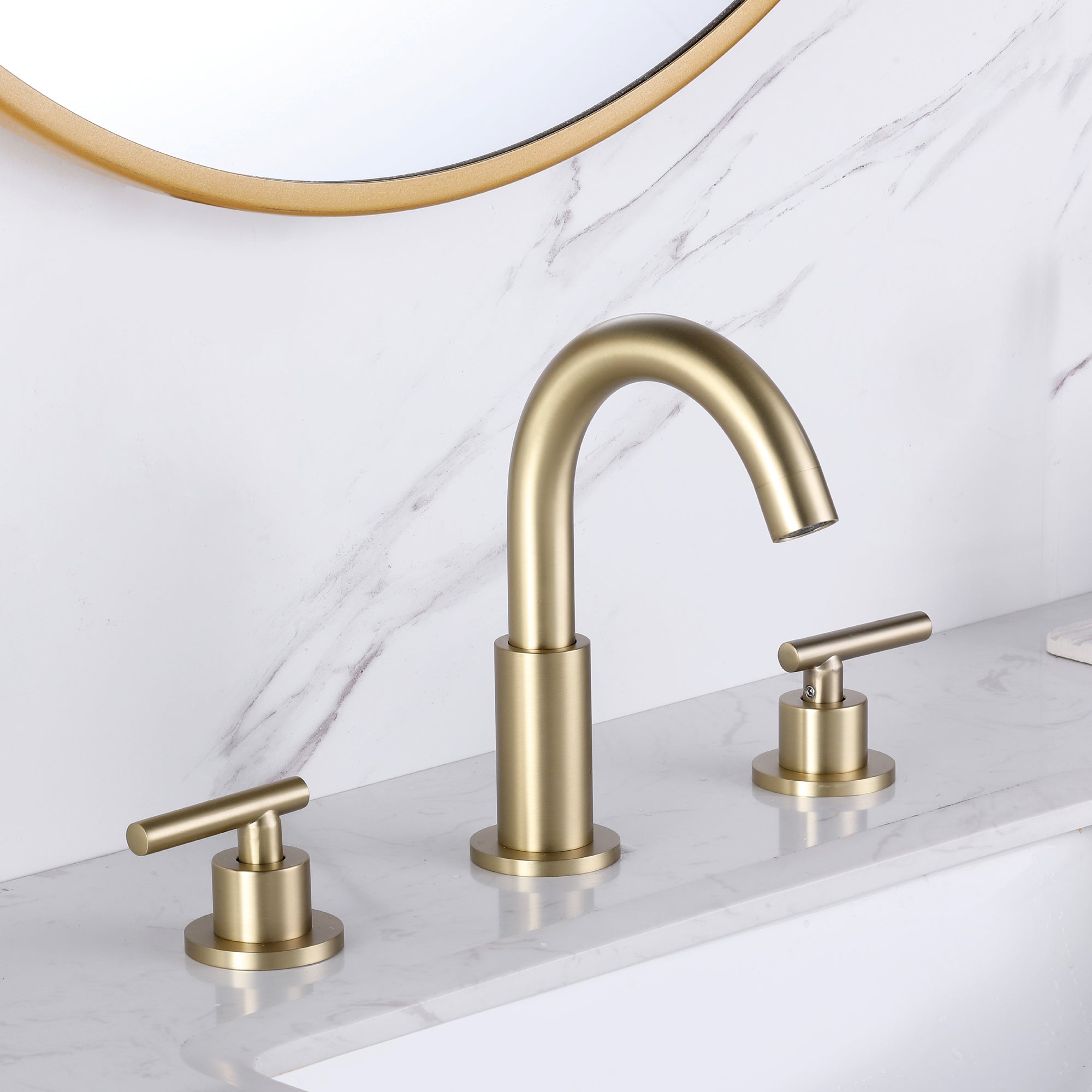
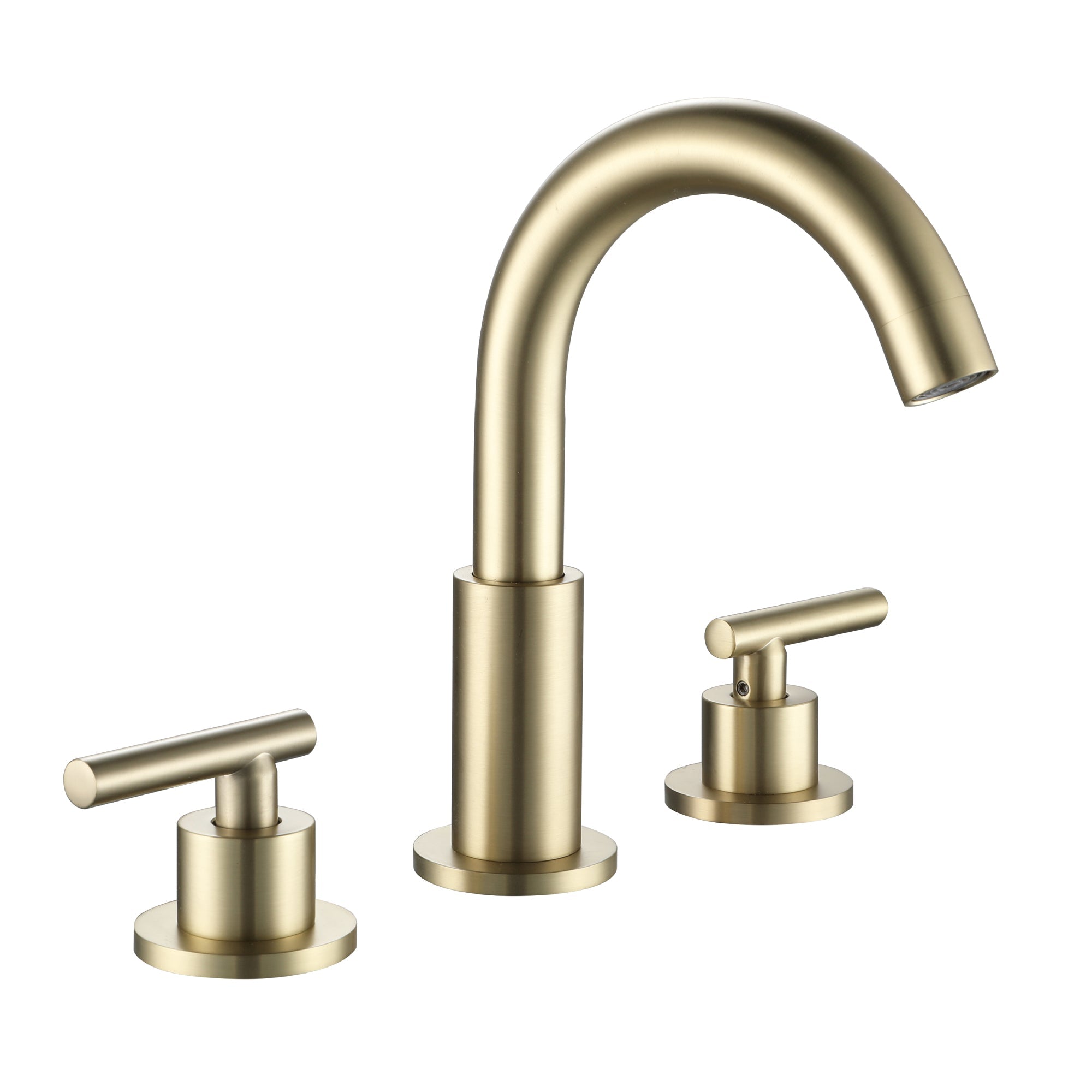

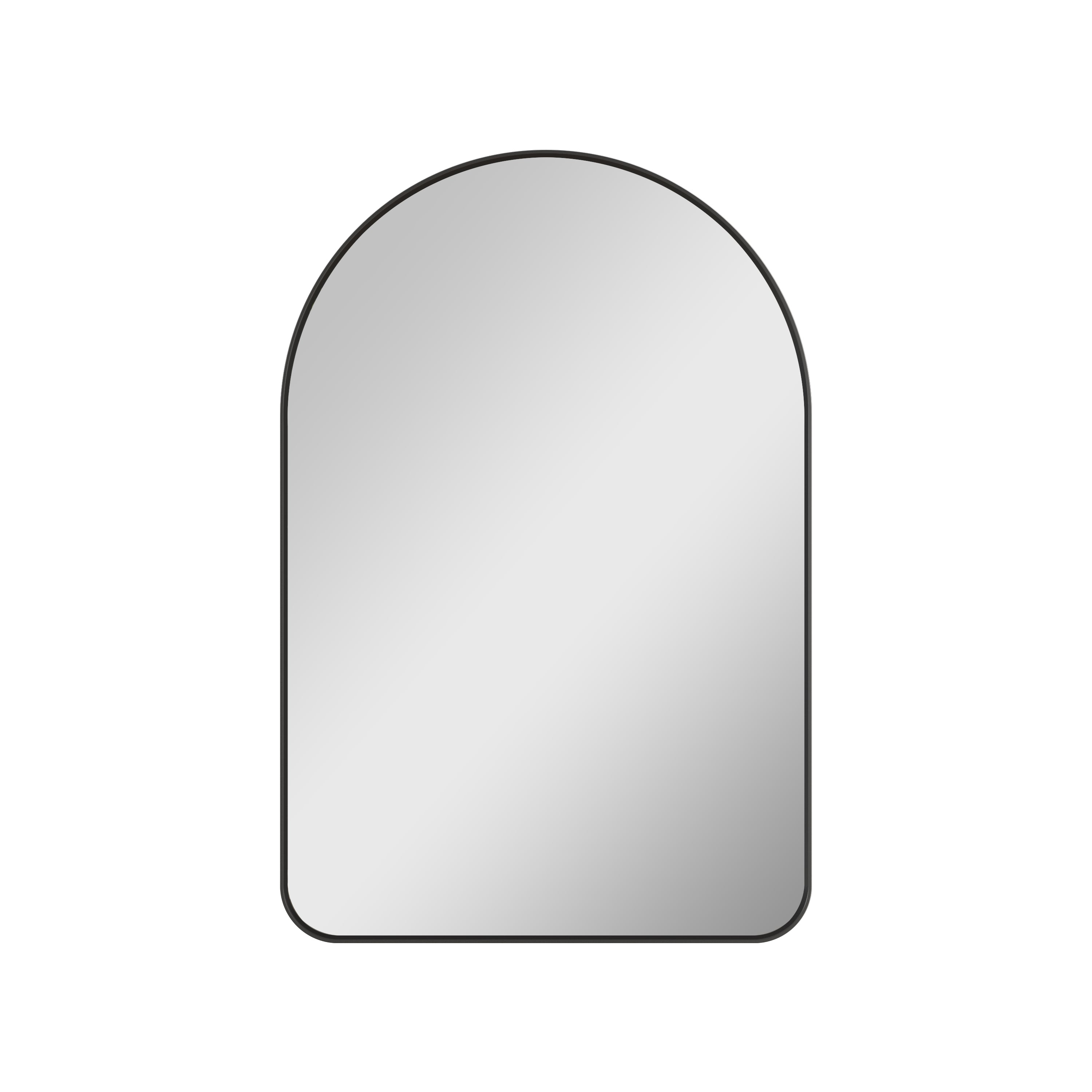

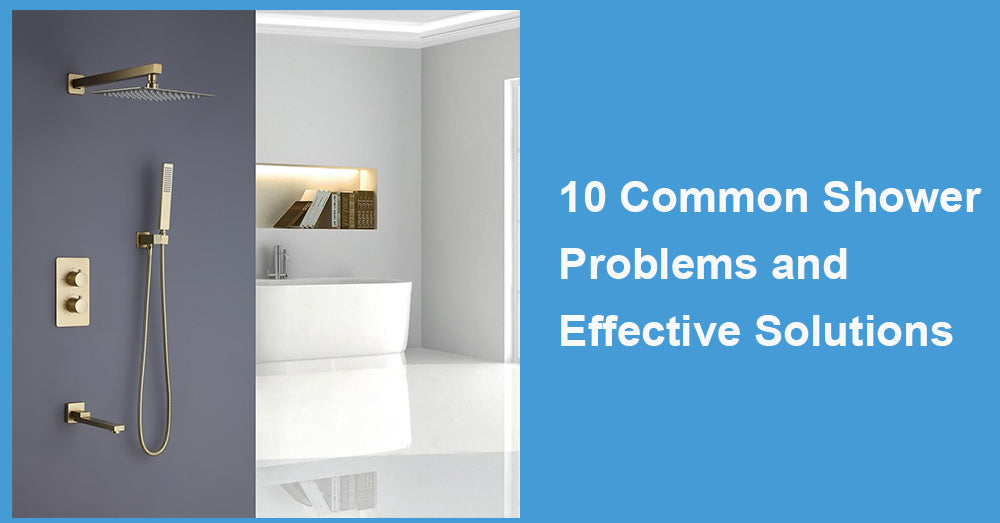
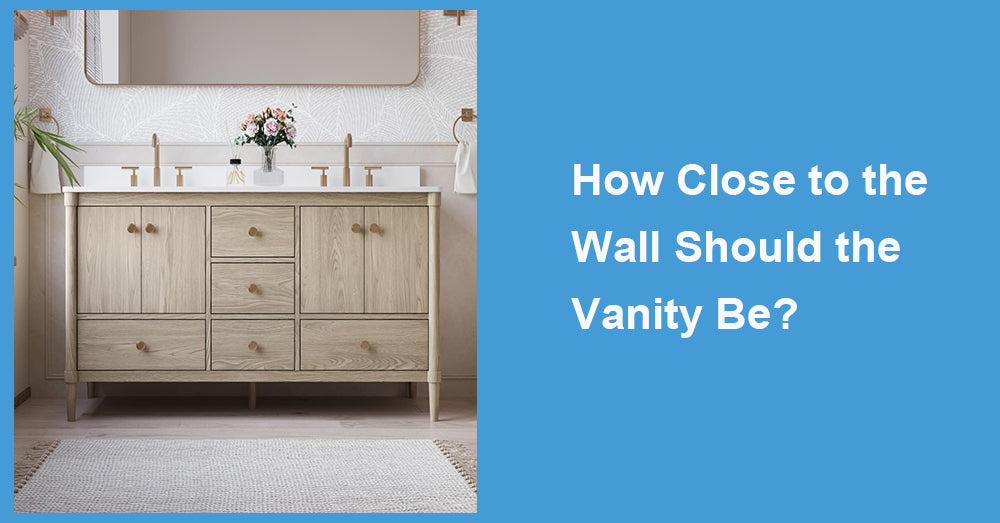
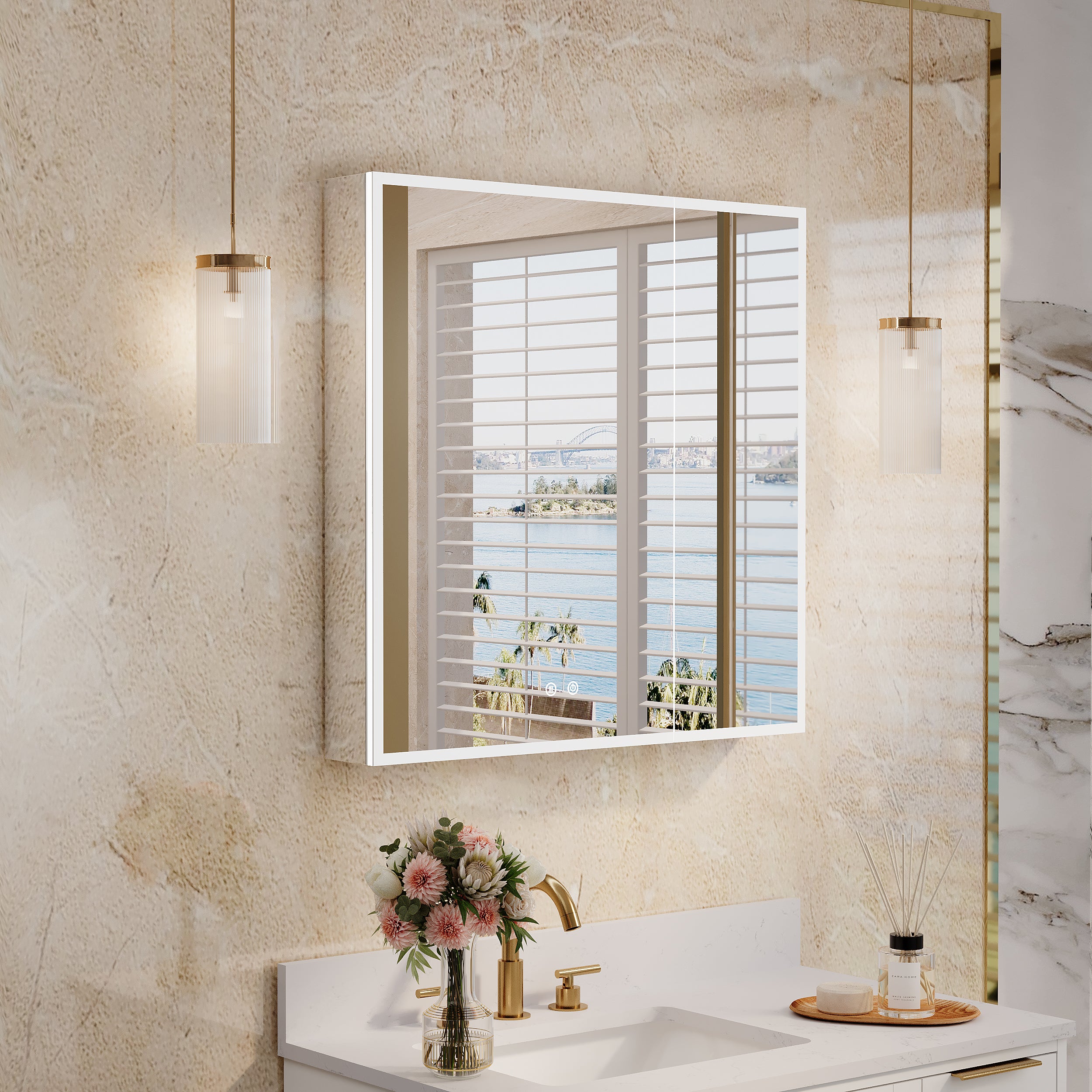

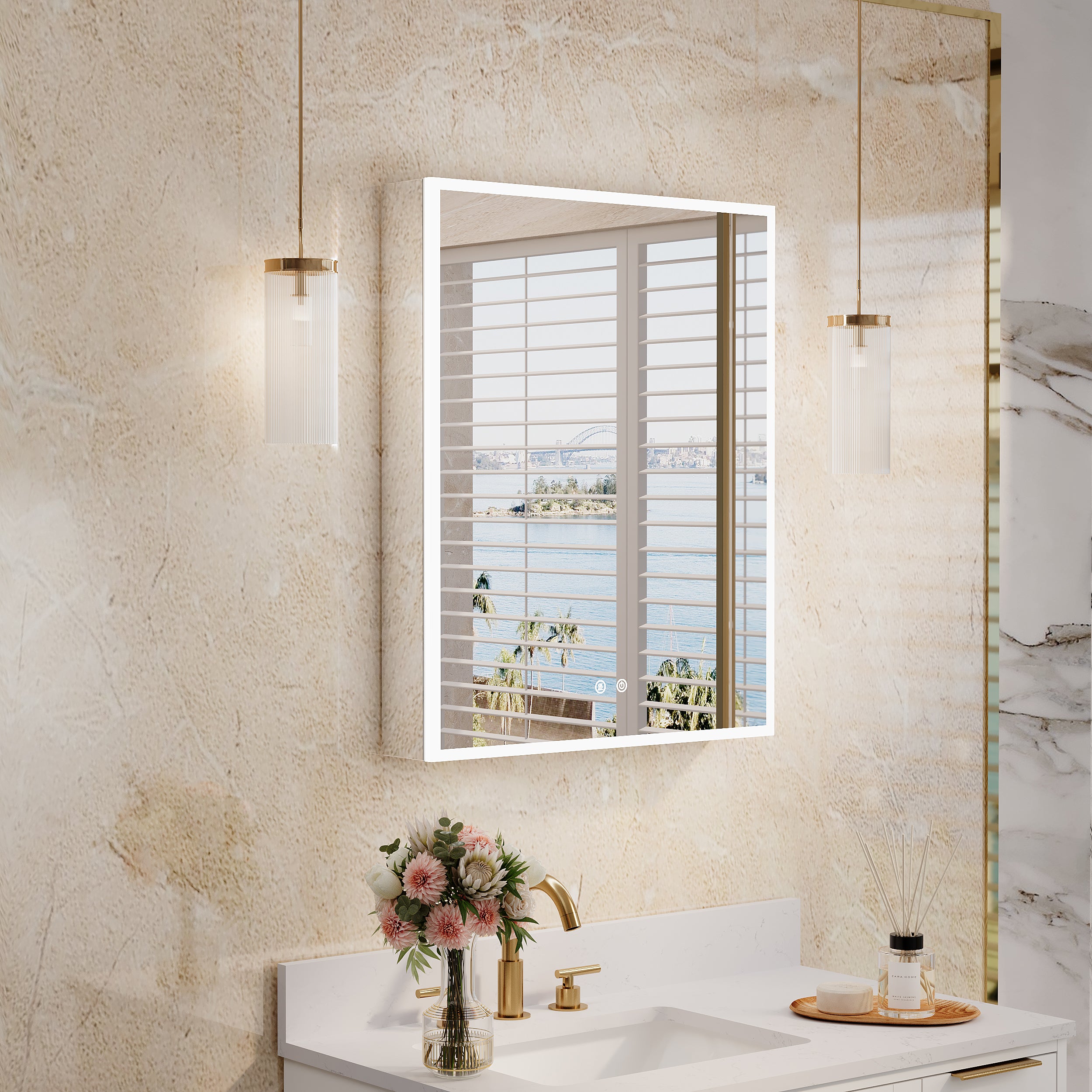

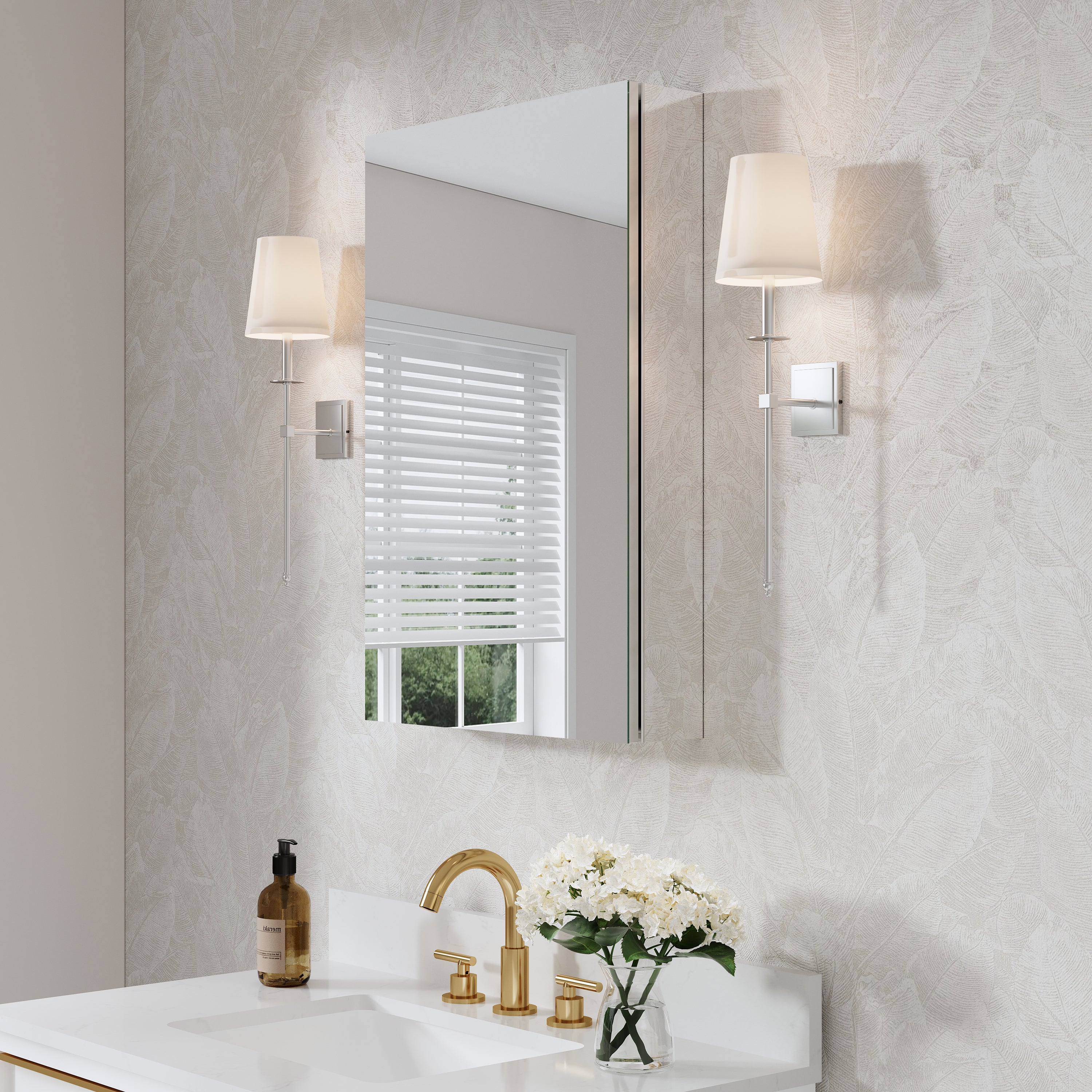
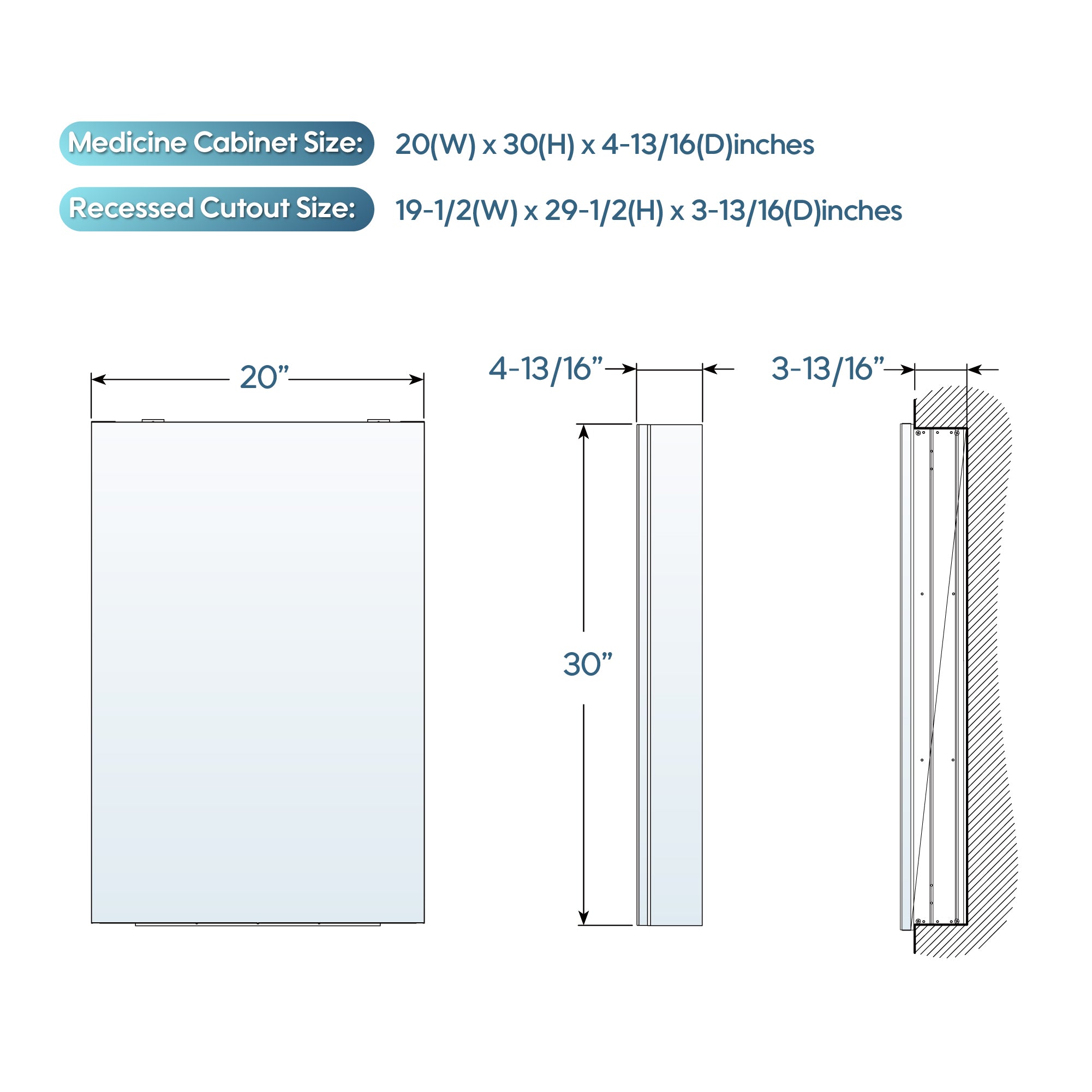
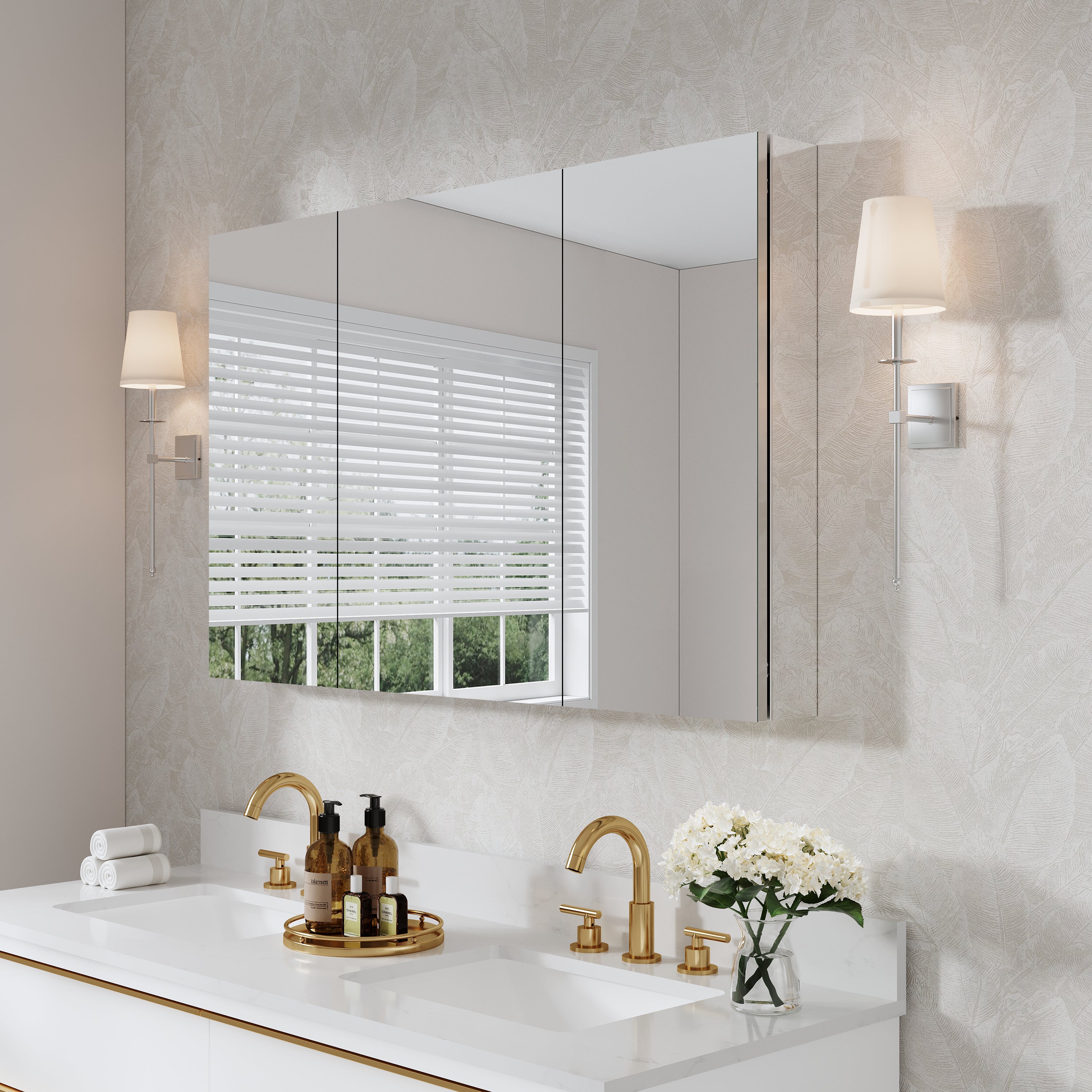

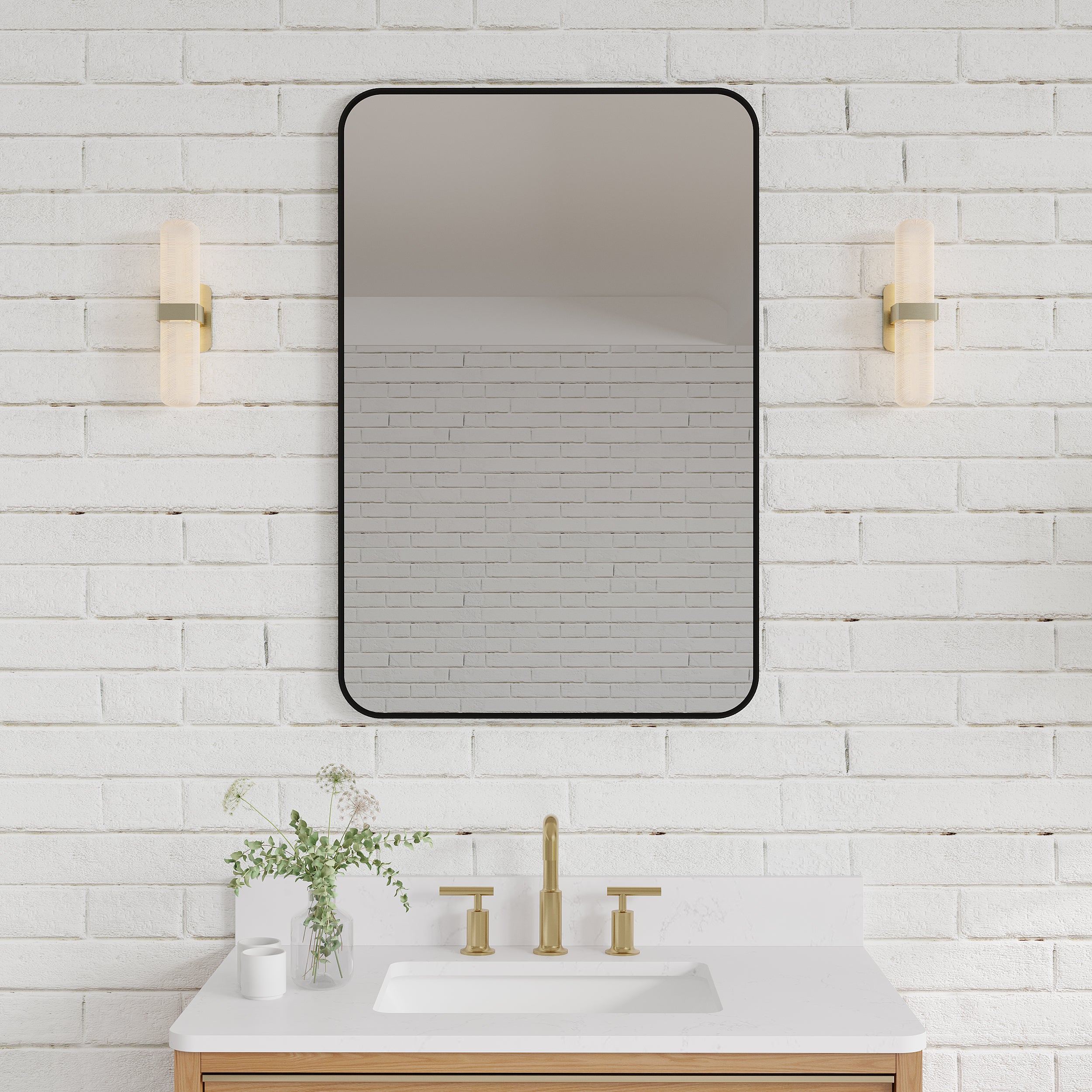

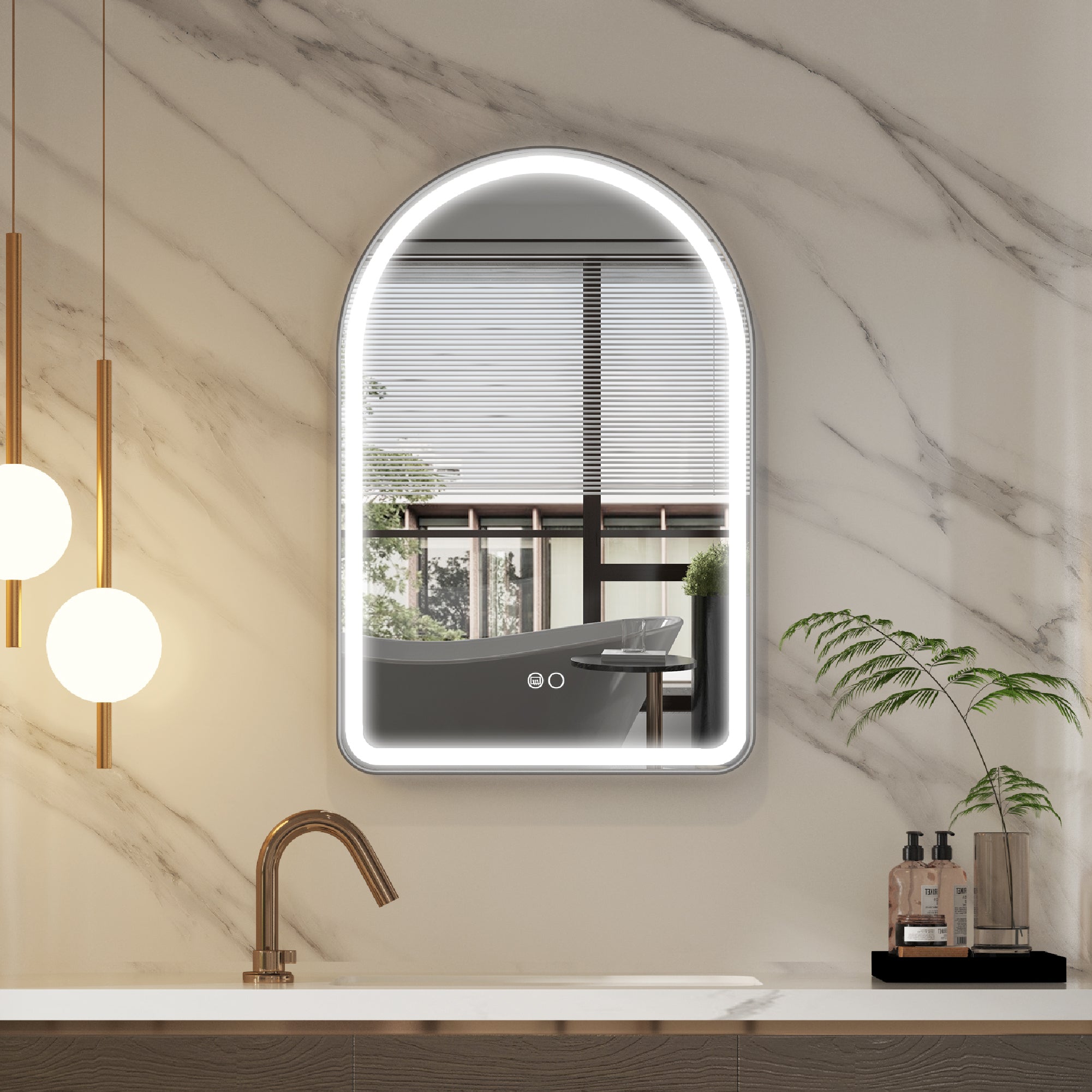
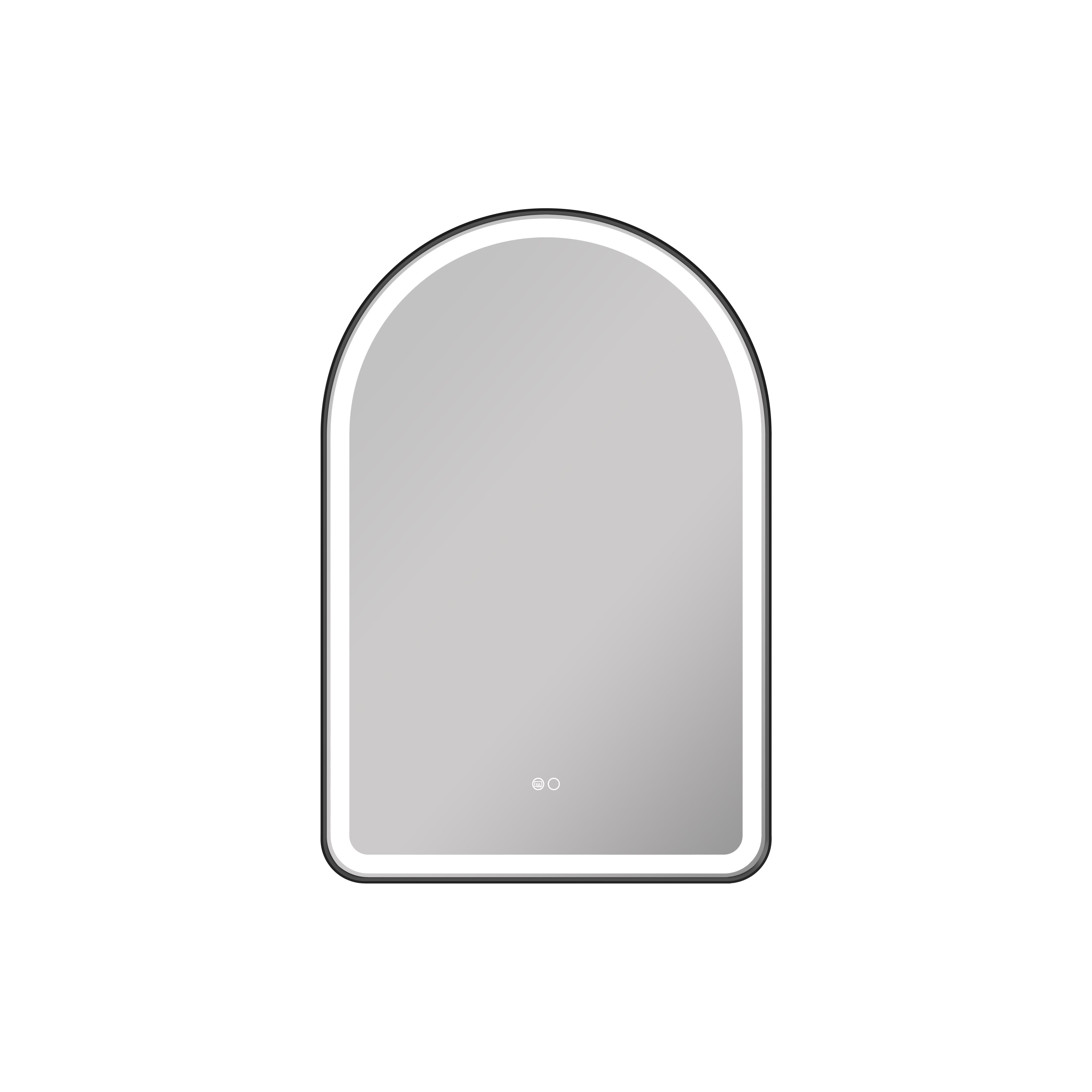

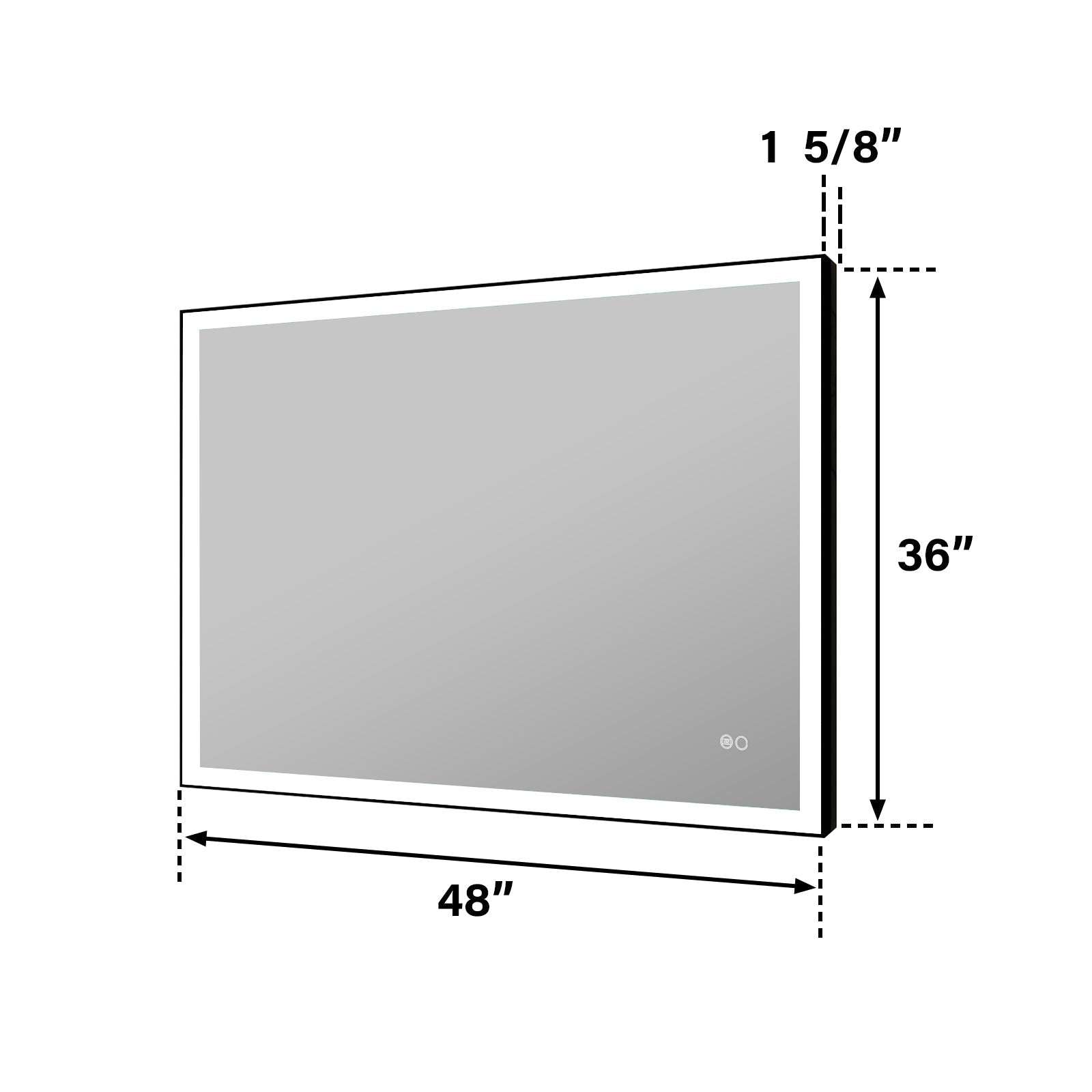



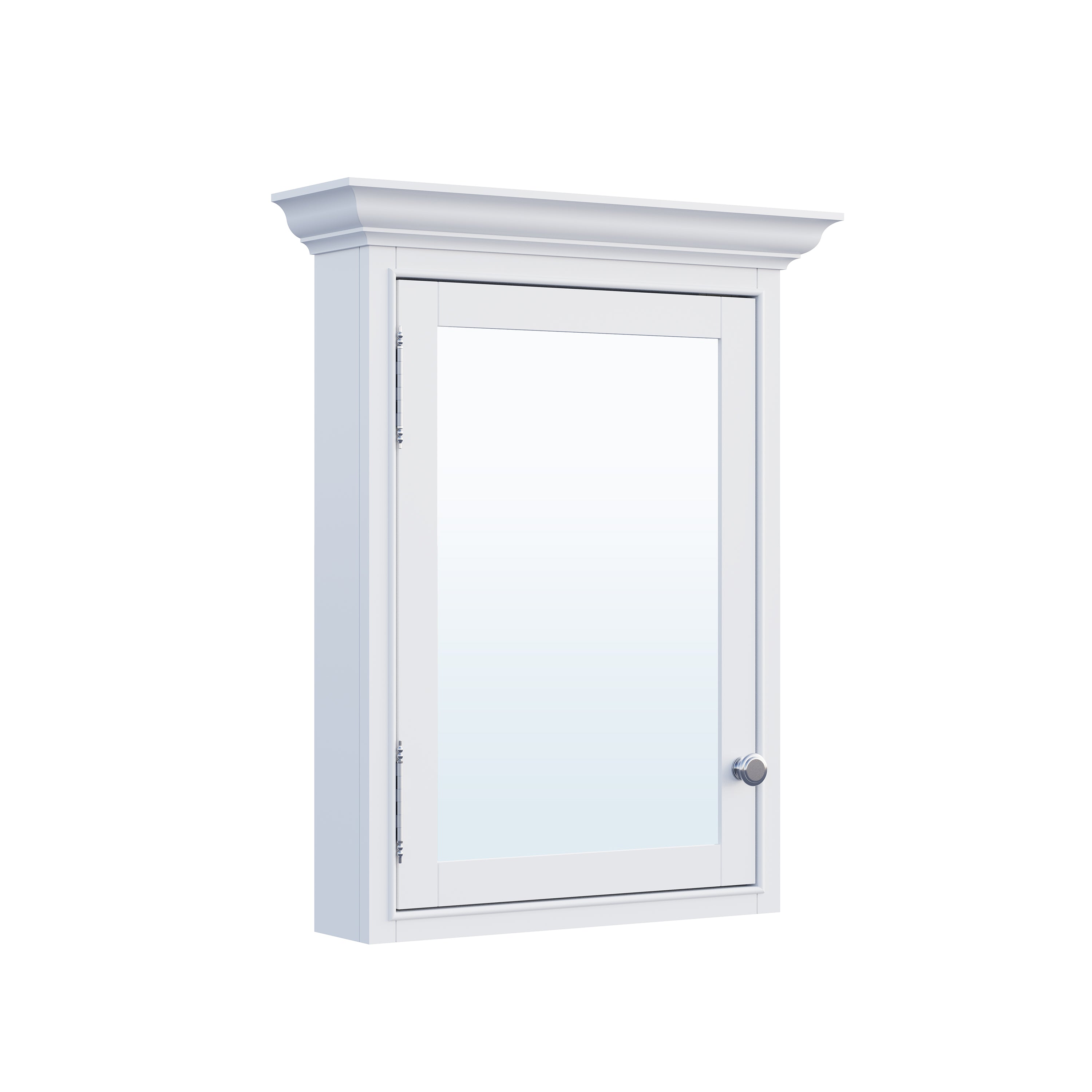
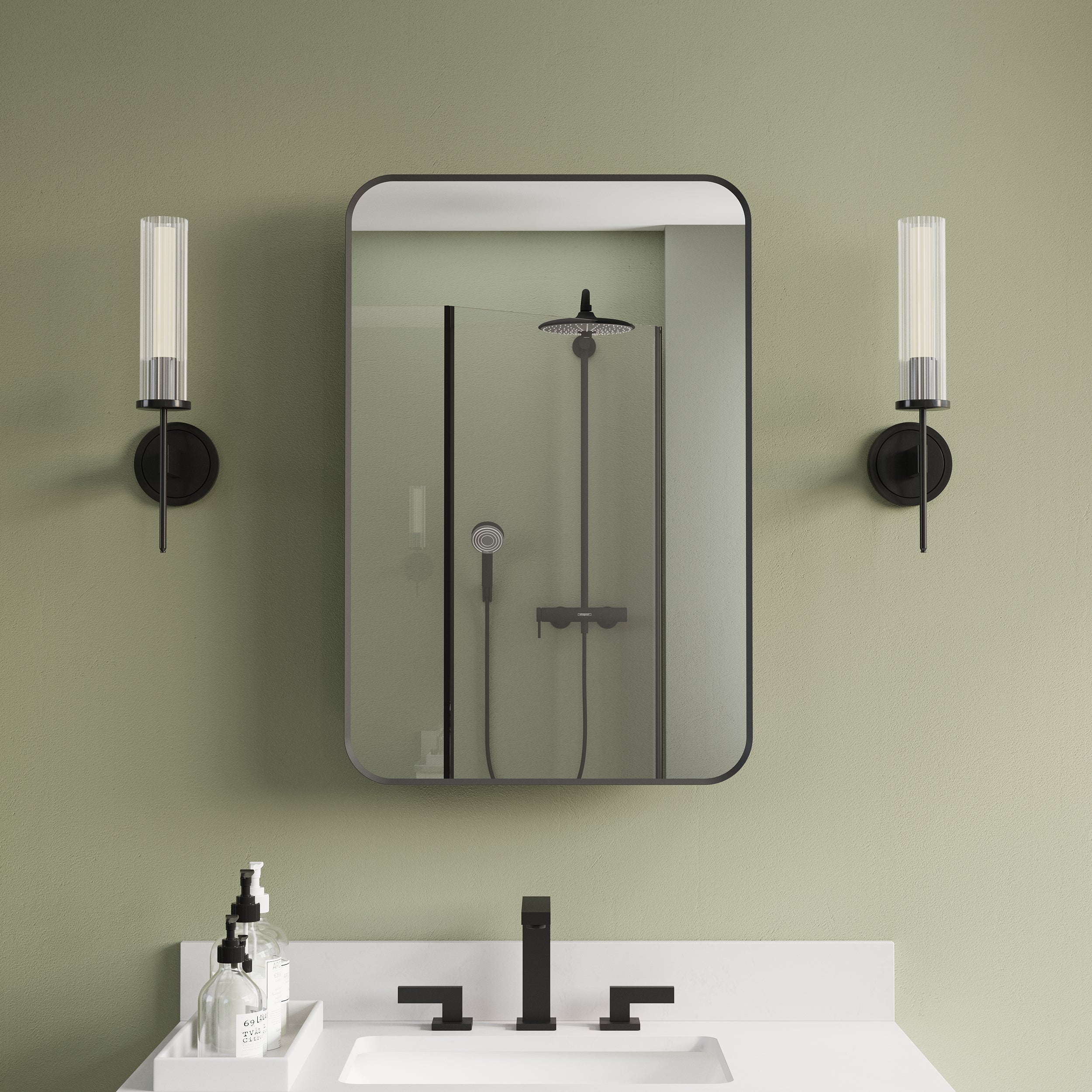


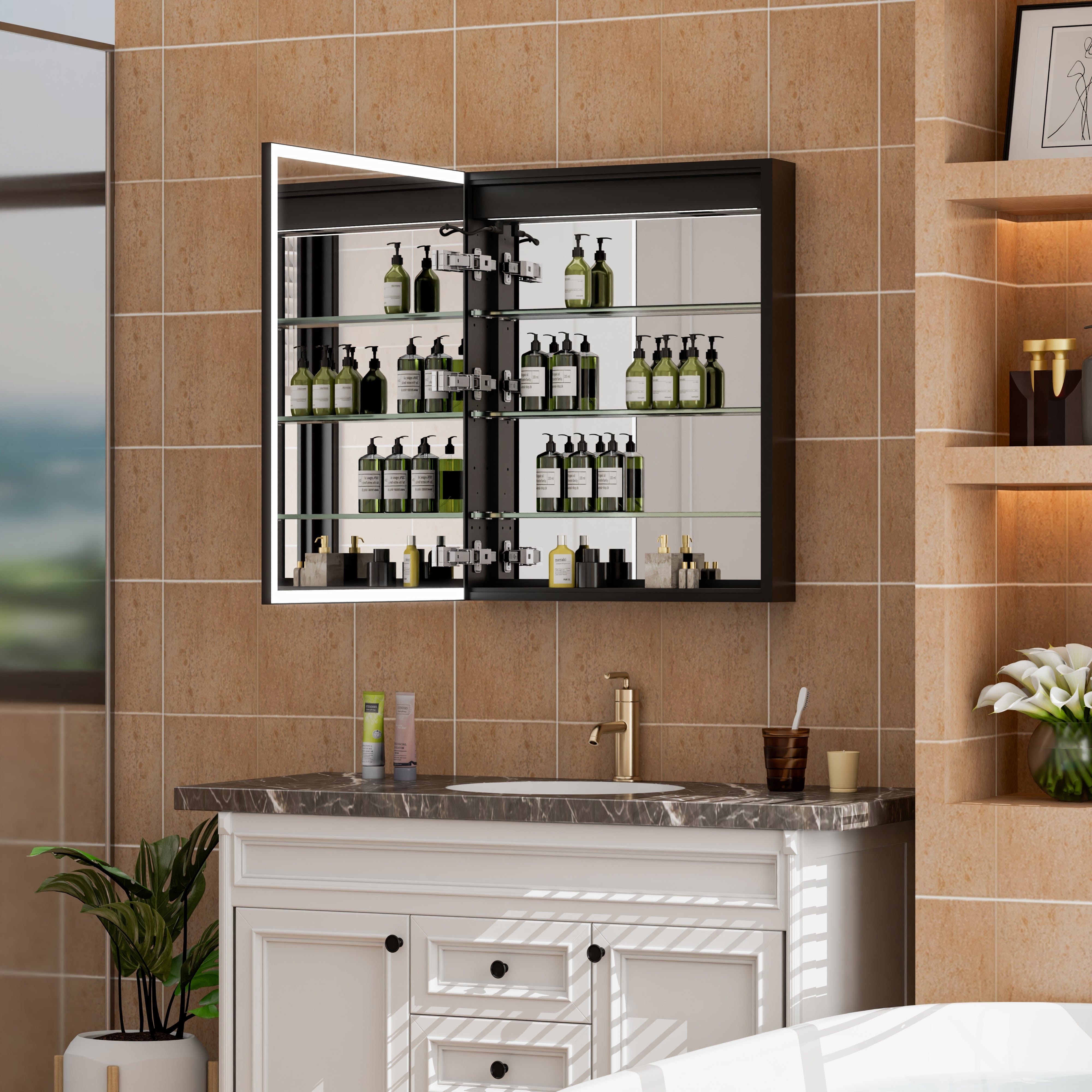
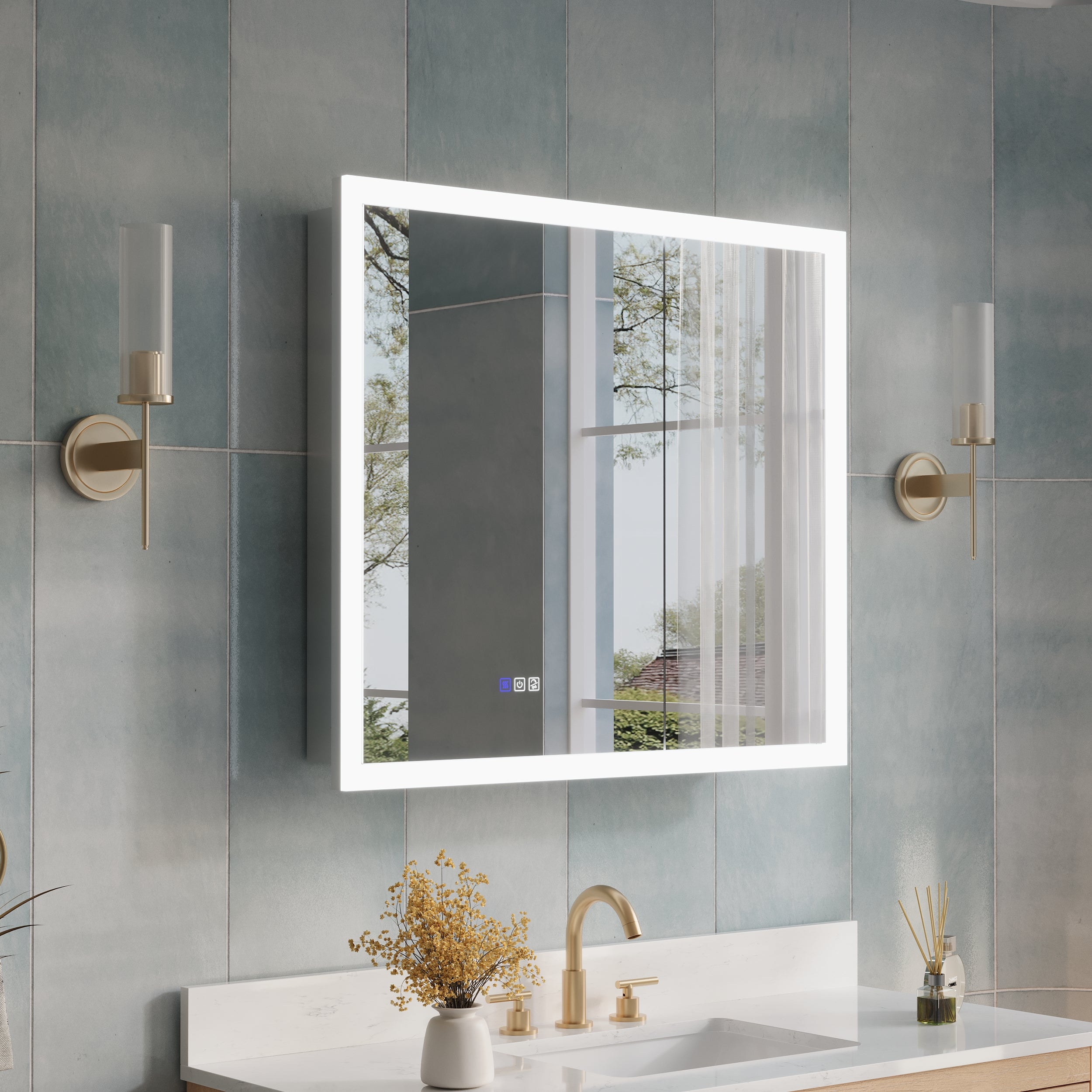
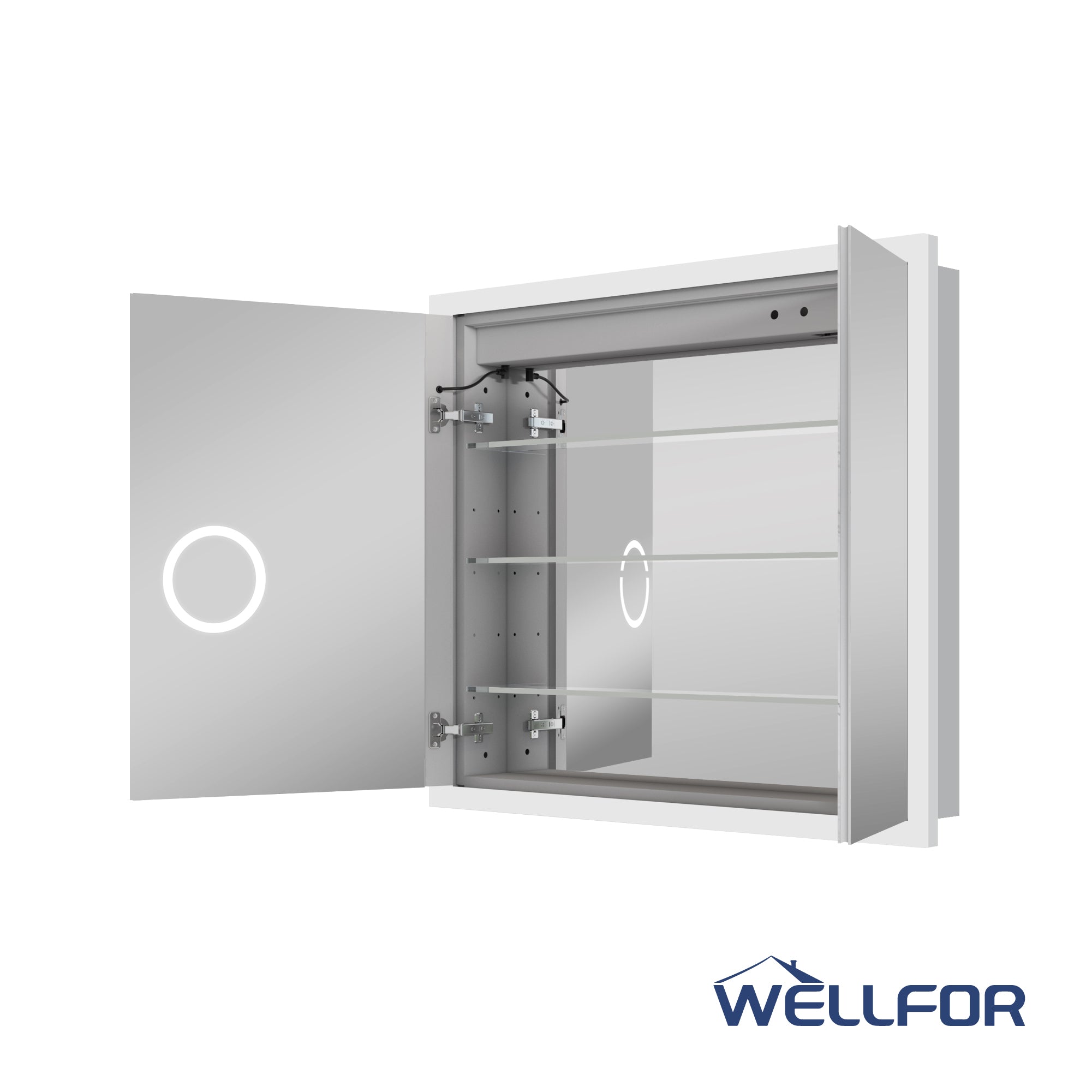
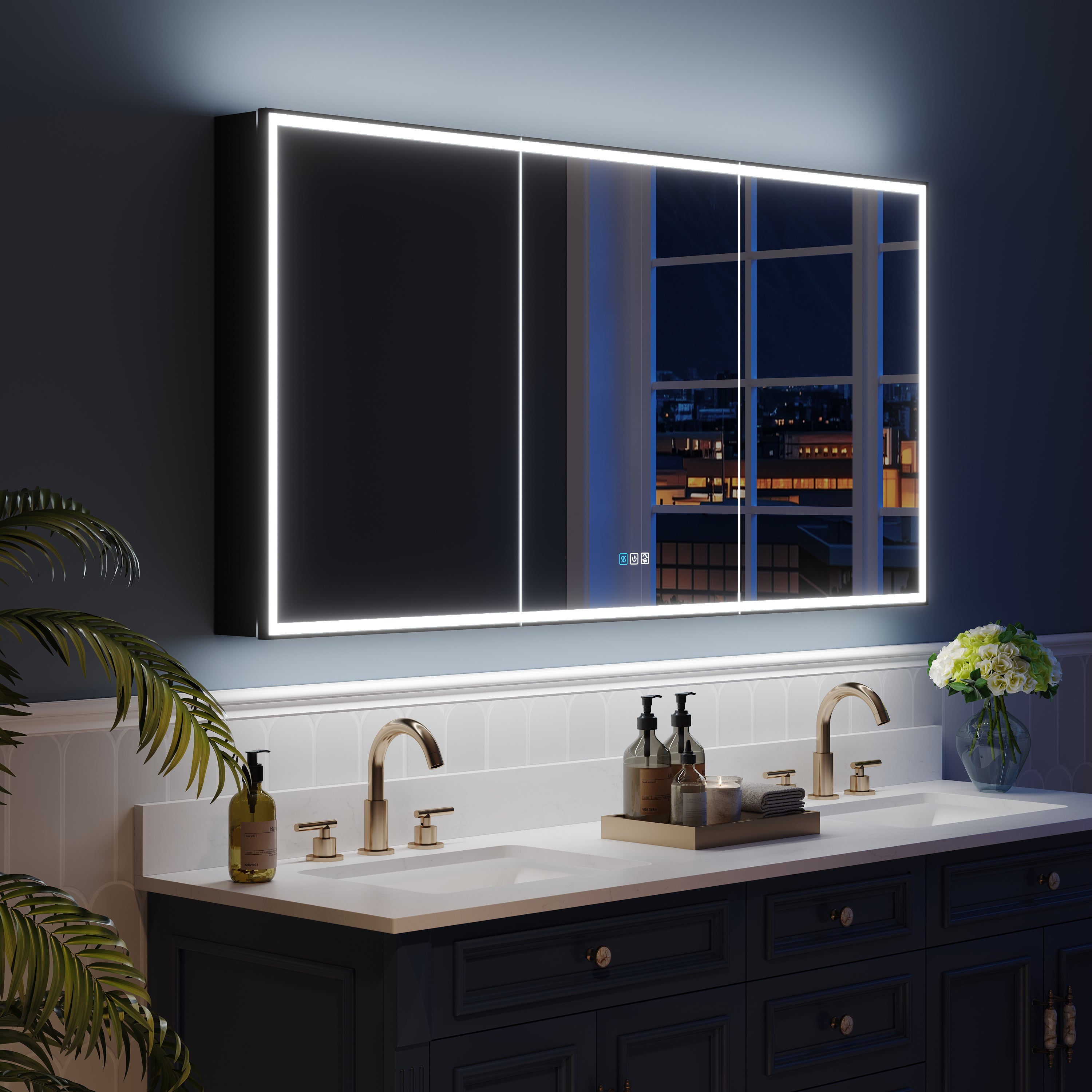

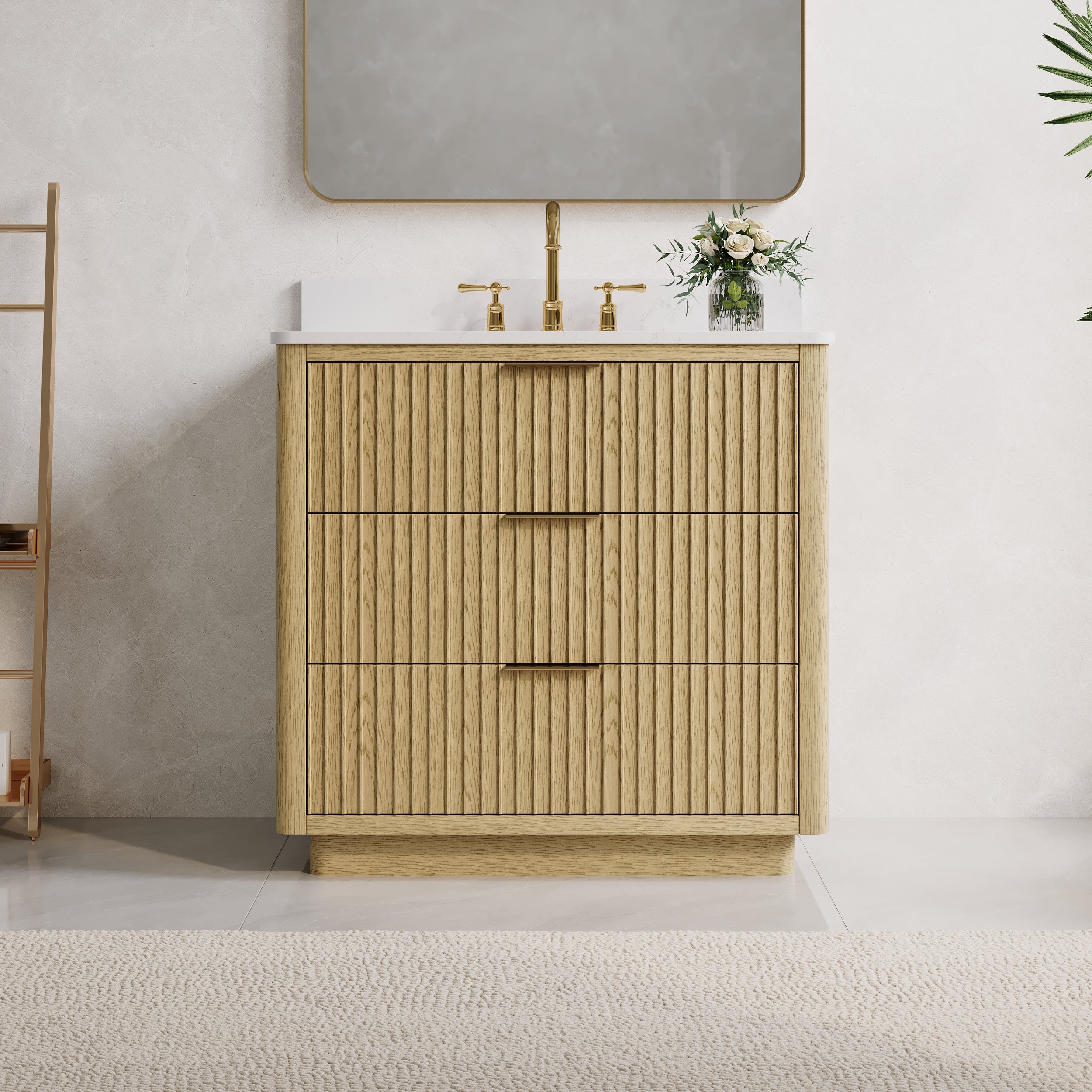


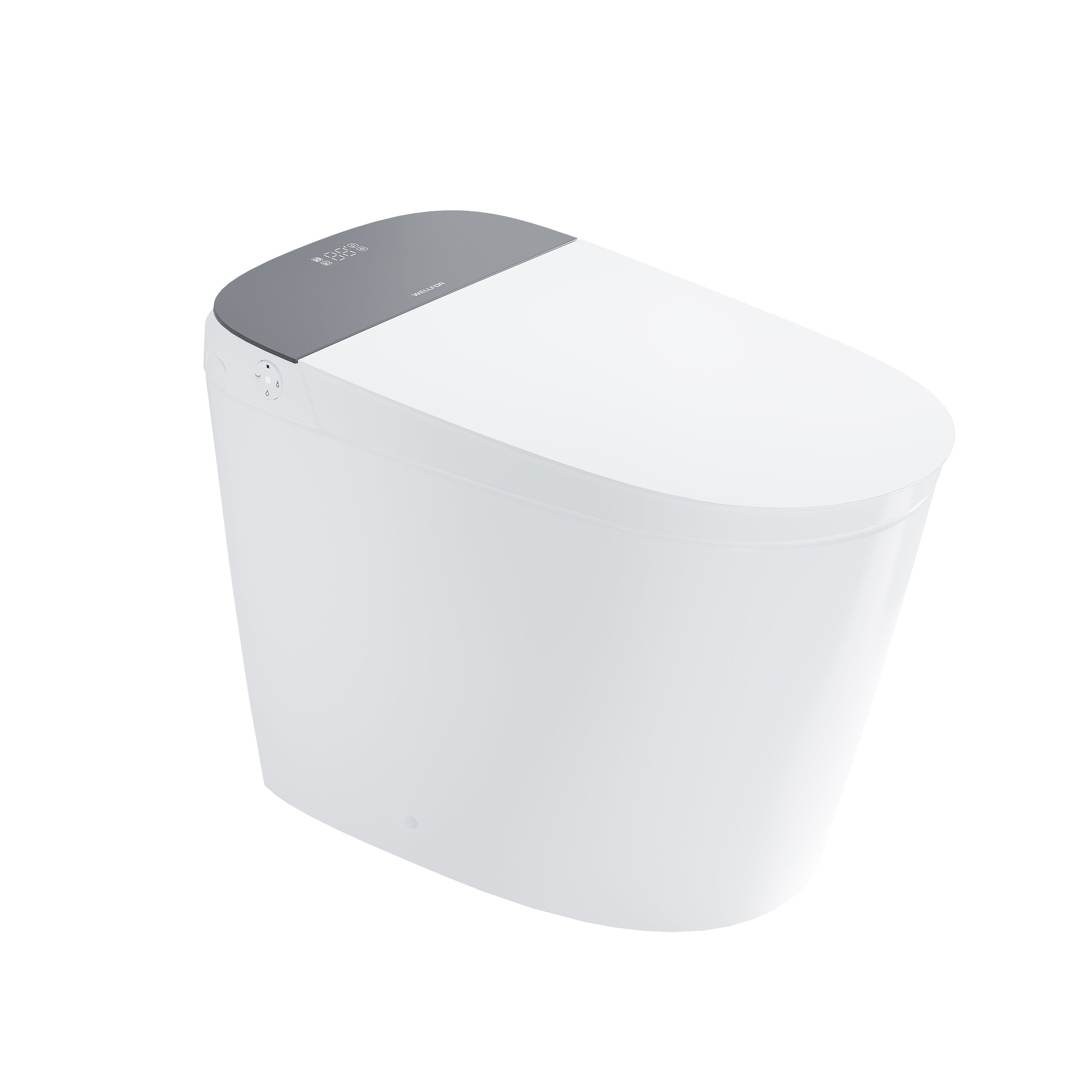
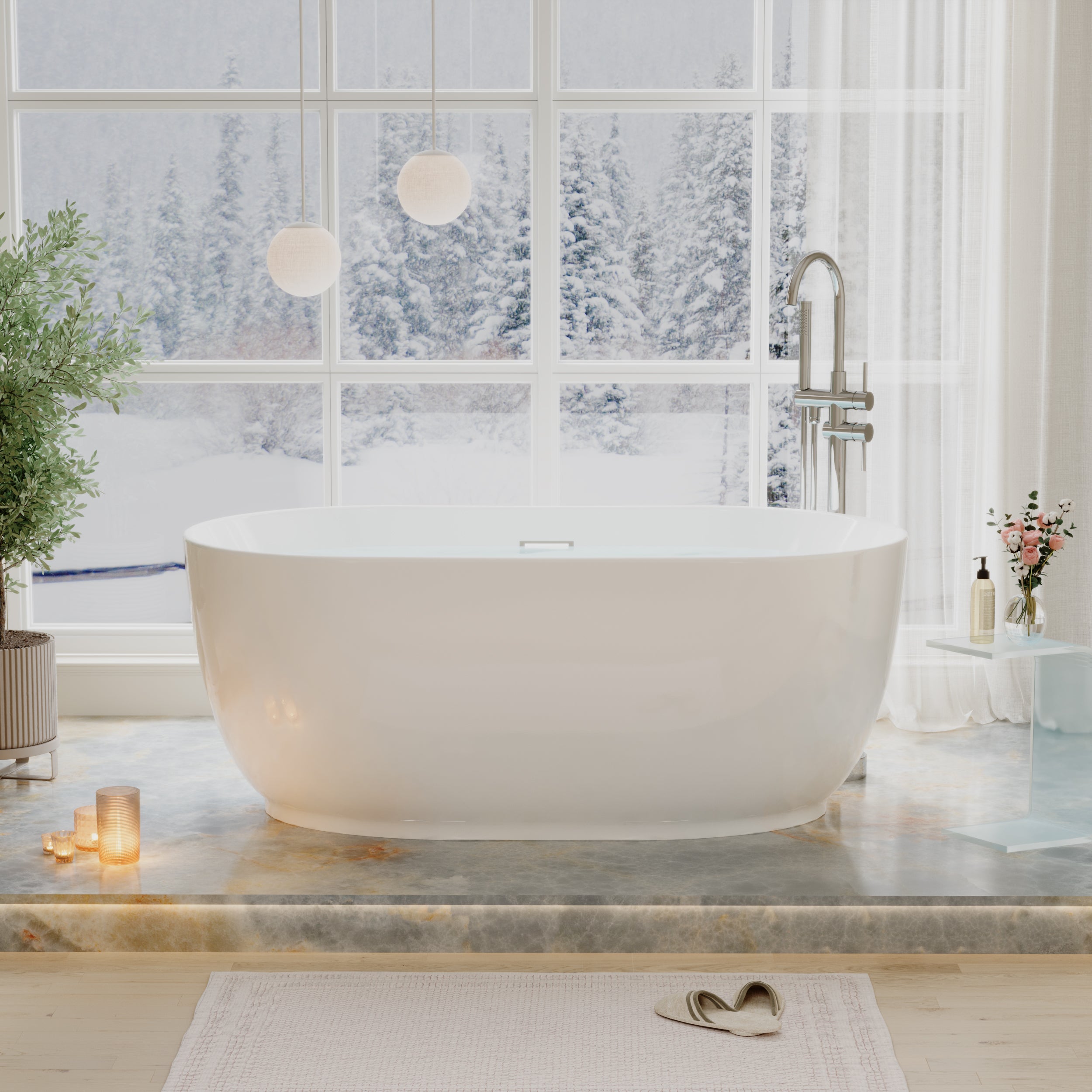
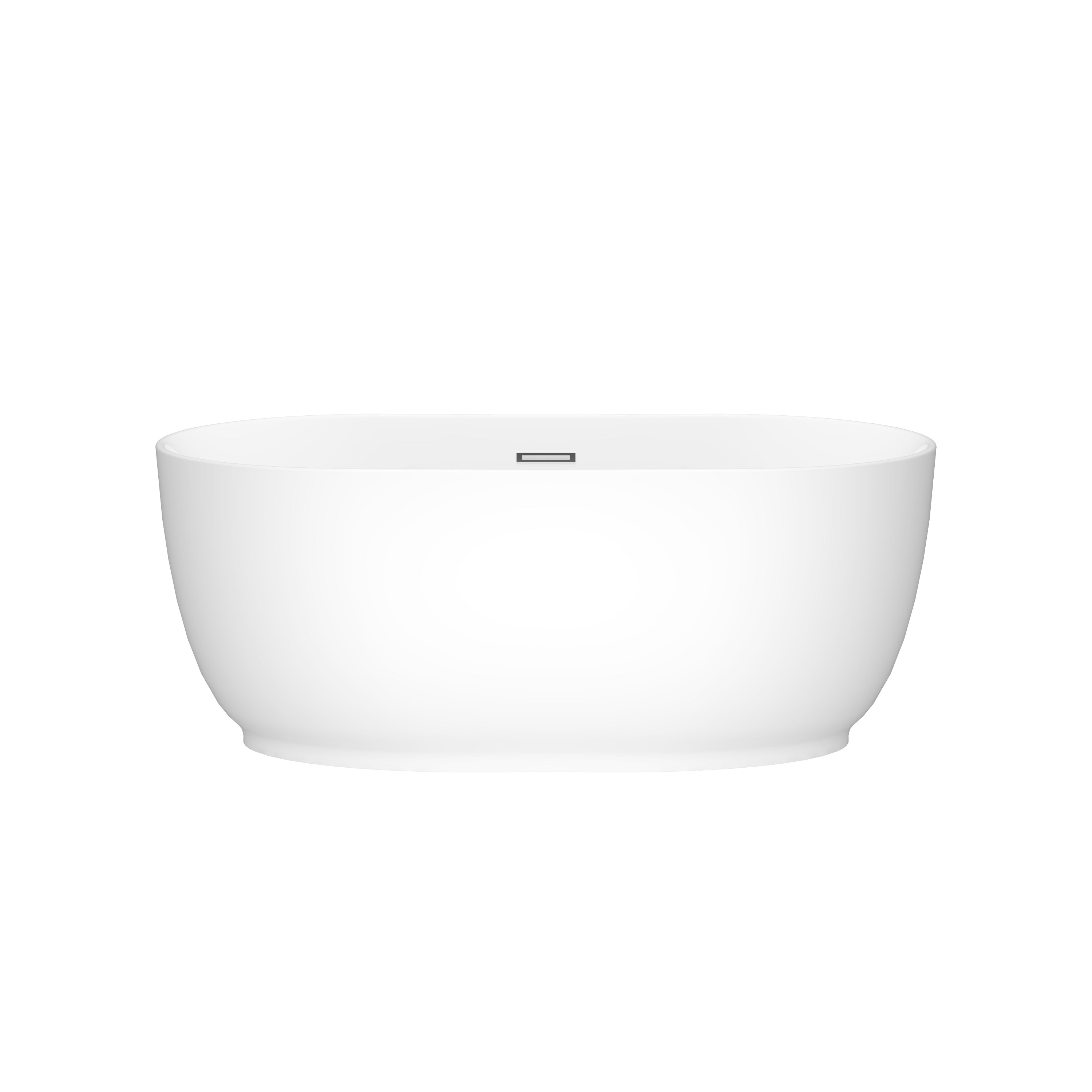
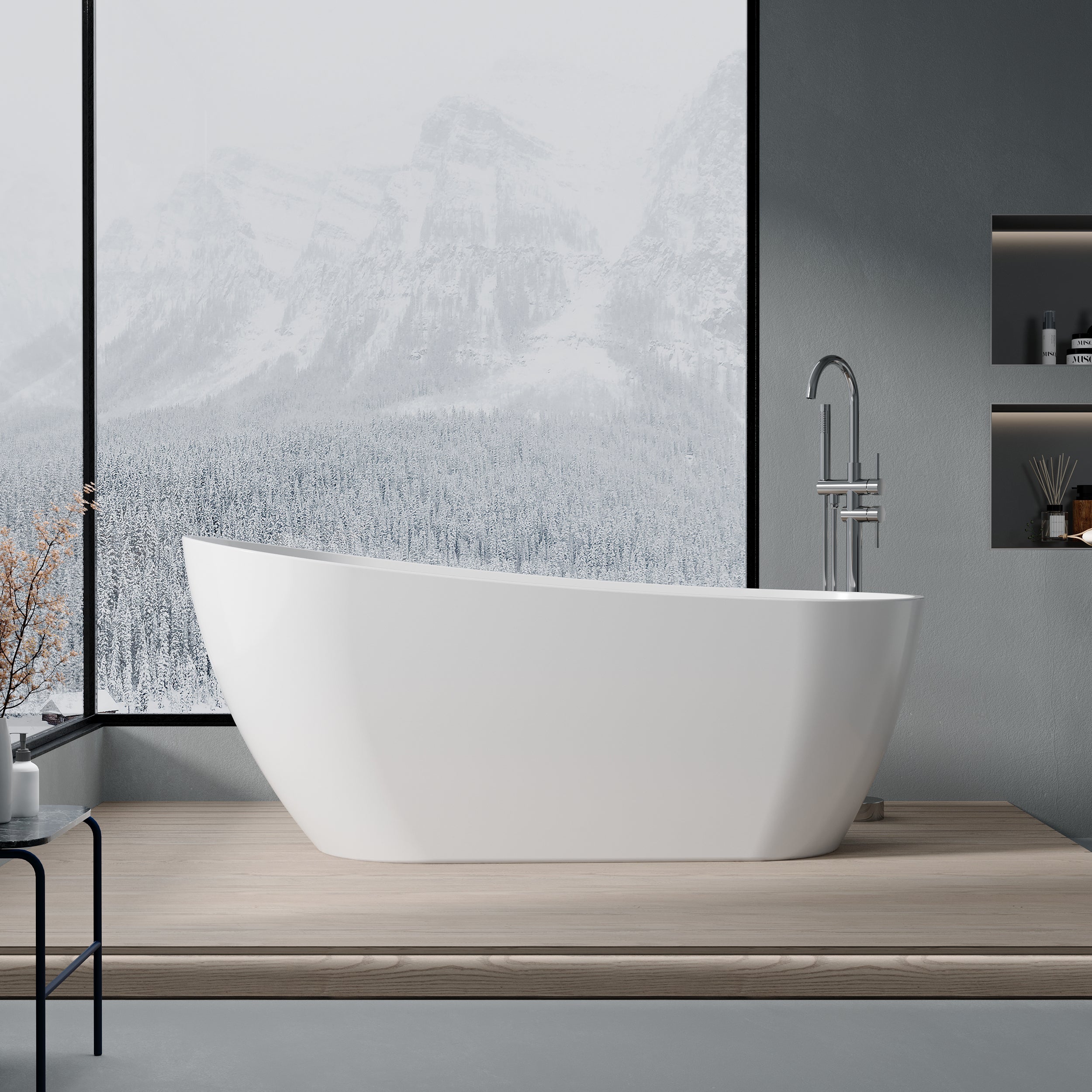
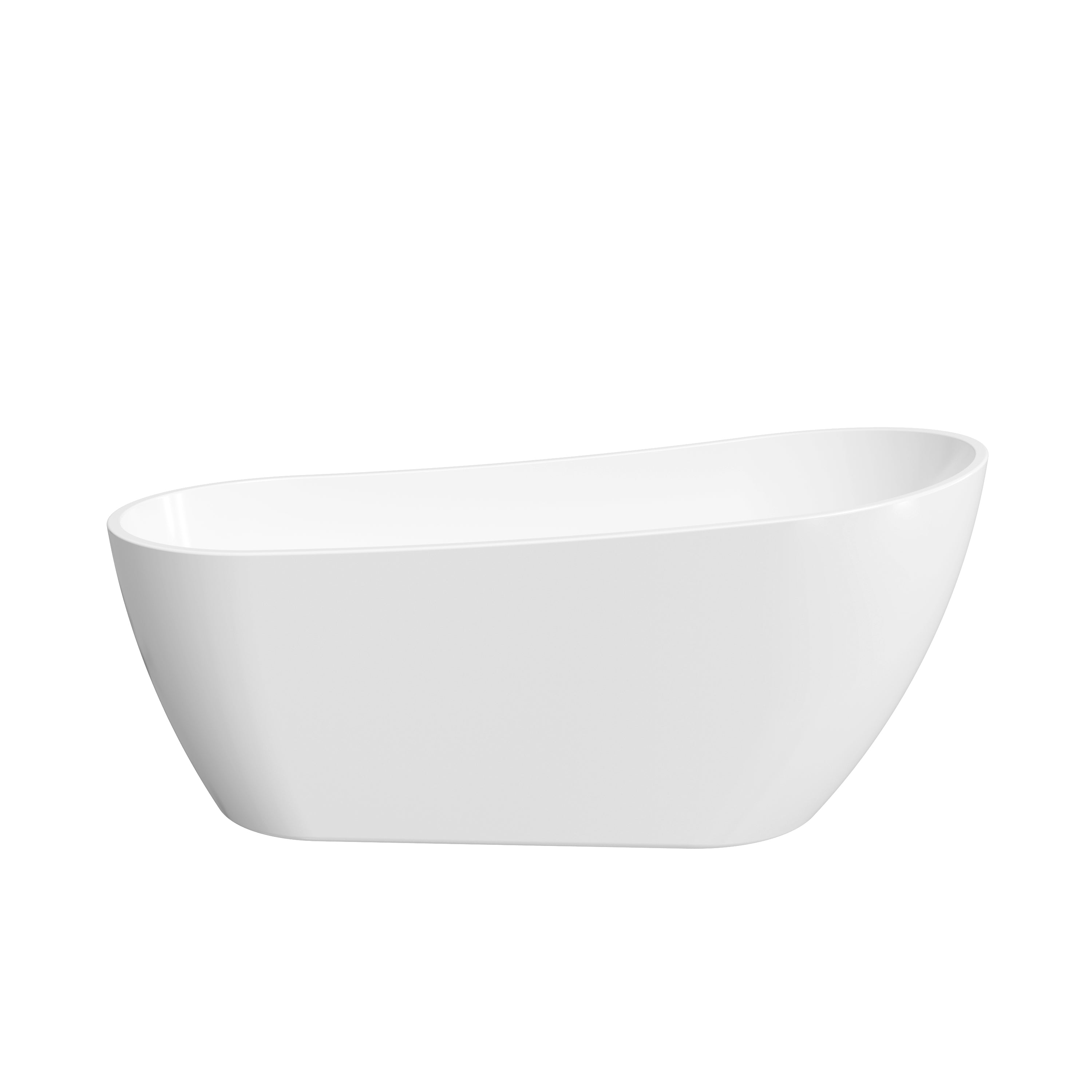



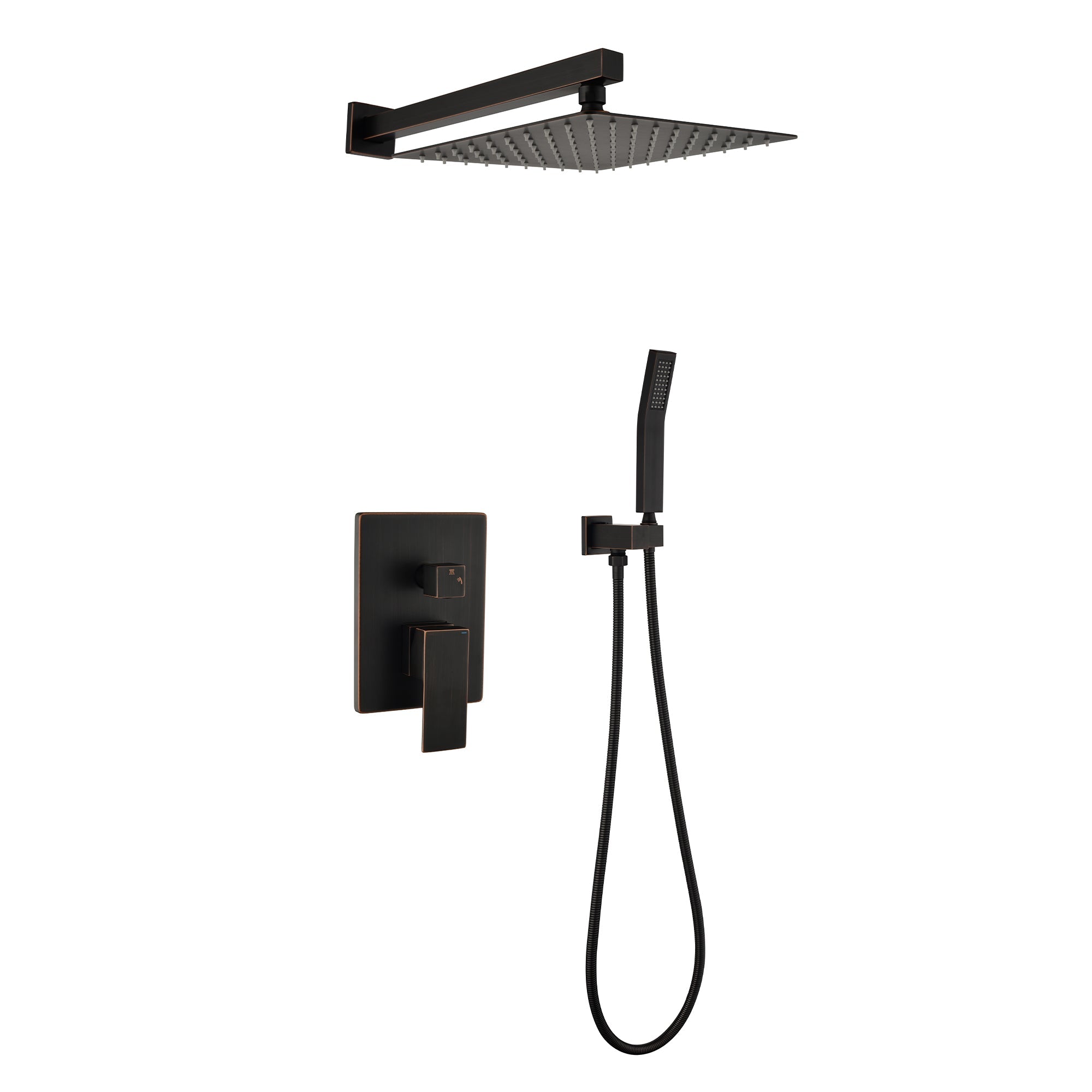

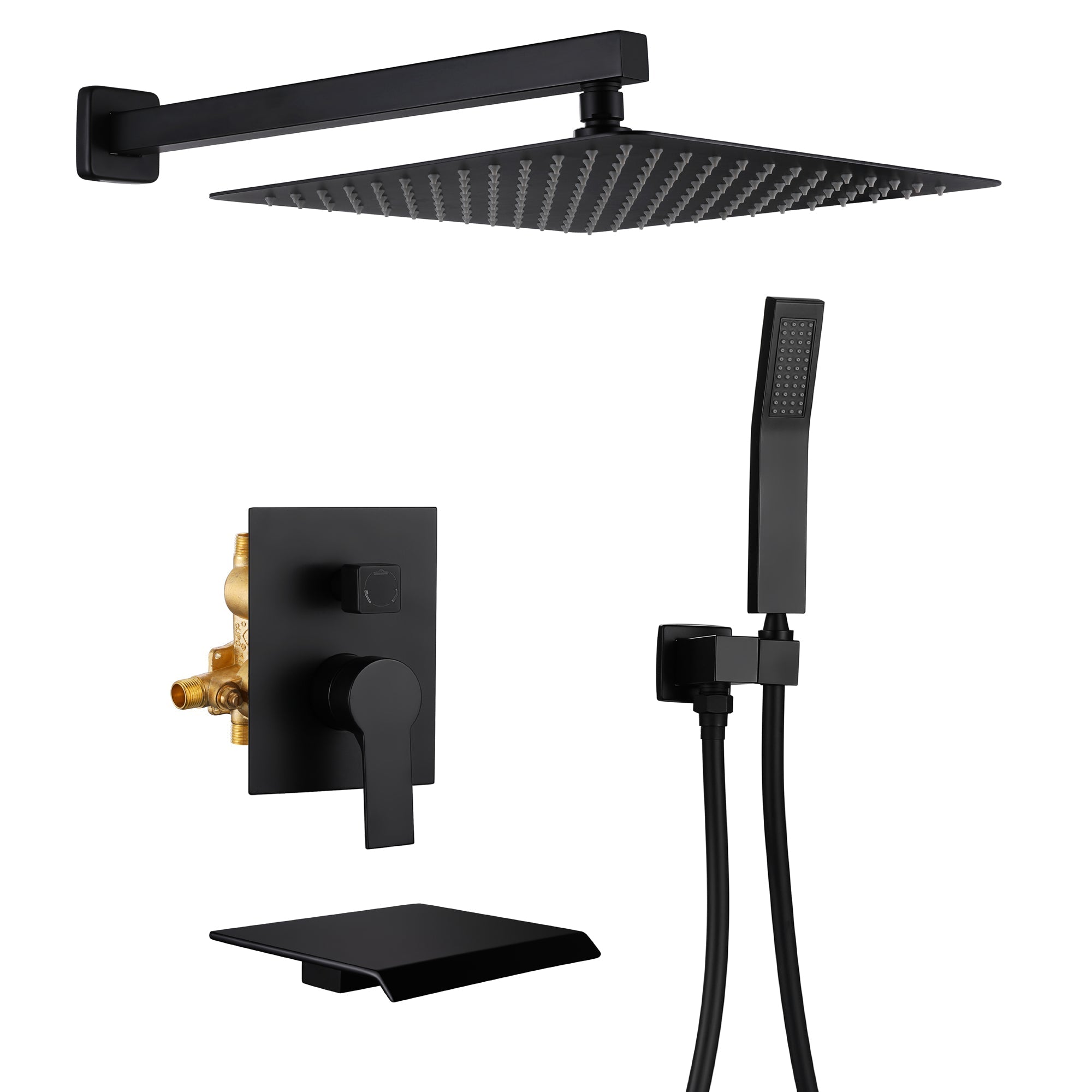
Leave a comment
This site is protected by hCaptcha and the hCaptcha Privacy Policy and Terms of Service apply.